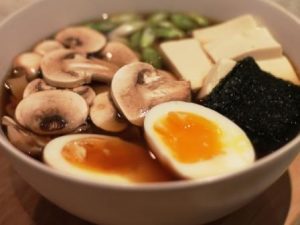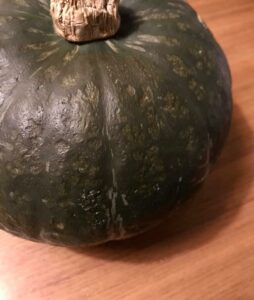
In general, the quality of sushi is very high.
In Japan, there are many sushi masters who make sushi of extremely high quality.
Throughout their careers as Executive Sushi Chef, they train quite a few sushi chefs. Some of the chefs choose to continue their careers in the restaurant where they are trained.
Other sushi chefs choose to open their own restaurant and put their own fingerprints in the restaurant industry and, a third group chooses, to travel abroad to work.
In the USA, especially California, a lot of sushi chefs from Japan work.
You will also find Japanese sushi chefs who work in neighbor countries in Asia.
The many skilled sushi chefs in Japan ensure that the quality of Japanese sushi is high.
They do this, among other things, by using fish and other high-quality raw materials. They also use Japanese ingredients which are suitable for sushi.
This knowledge helps to strengthen Japan’s position in relation to quality sushi.
In the Sushi course for beginners, you will learn to use the techniques that Japanese sushi chefs use in the preparation of tasty sushi.
_
Zoë has lectured and held sushi courses for A. P. Moller – Maersk, Hugo Boss Nordic, Novo Nordisk, Novartis, Velux, Gorrissen Federspiel, Beierholm revision, Elbek & Vejrup and many more.








